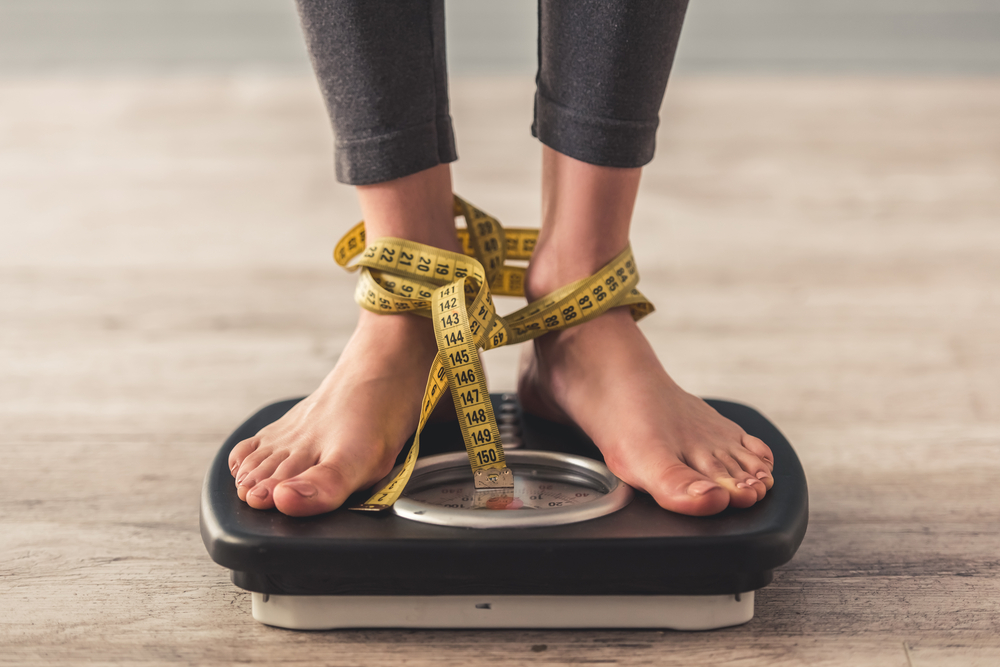What do we mean by the ‘correct’ weight?

In today’s society, there’s a lot of pressure surrounding issues to do with weight, particularly regarding obesity. Being the ‘correct’ weight doesn’t always mean we are happy with our size. It can also be hard to keep track of everything that might affect our weight, like stress, illness, changes in activity levels, or diet. So it’s easy to start gaining or losing weight and not even be aware of it at first.
While we talk about ‘weight’, stepping on a scale might not be what causes you to notice changes at first. It’s more likely that you’ll notice a difference in how your clothes fit, or how you look. Perhaps somebody else will notice and point it out to you. This can often be the first indicator that your weight is changing. But if you feel too big or too small, how can you tell if it might be affecting your health?
You will probably have heard of different classes of weight – like underweight, normal weight, overweight or obese. These are categories used by medical professionals to categorise weight according to your Body Mass Index, or BMI. Your BMI is calculated by dividing your weight in kilograms by your height in metres, then dividing that answer by your height again. If the resulting figure is under 18.5, you’re underweight, while anything between 18.5 and 24.9 is classed as a healthy weight. If your BMI is over 25, you’re overweight, and if it’s above 30, you’re classed as obese.
The BMI isn’t a perfect way of assessing a healthy weight, however. It doesn’t take into account the difference between men and women, or between different ethnic groups, or differences because of age, or differences in what our bodies are made up of – muscle weighs more than fat, so very muscular people can be classed as overweight or obese despite not having a lot of body fat.
A better indication is your waist measurement – this not only shows whether you are generally overweight but carrying too much weight around your middle also means that you are at risk of developing other health problems, such as certain cancers. The ideal waist measurement for men is below 94 cm (37 inches), or below 90 cm (35.4 inches) for higher-risk ethnic groups such as Asians. For women, it is below 80 cm (31.5 inches).
Another way of measuring weight as it relates to health is by looking at your waist-hip ratio. This is calculated by dividing your waist measurement by your hip measurement. If this is over 0.85 for women or 0.9 for men, you could have an increased risk of health issues such as heart disease and high blood pressure.
However you measure it, it’s important to try to stay a healthy weight to help control your blood glucose and limit the risks of diabetes-related complications and other health issues.



Leave a Reply
You must be logged in to post a comment.